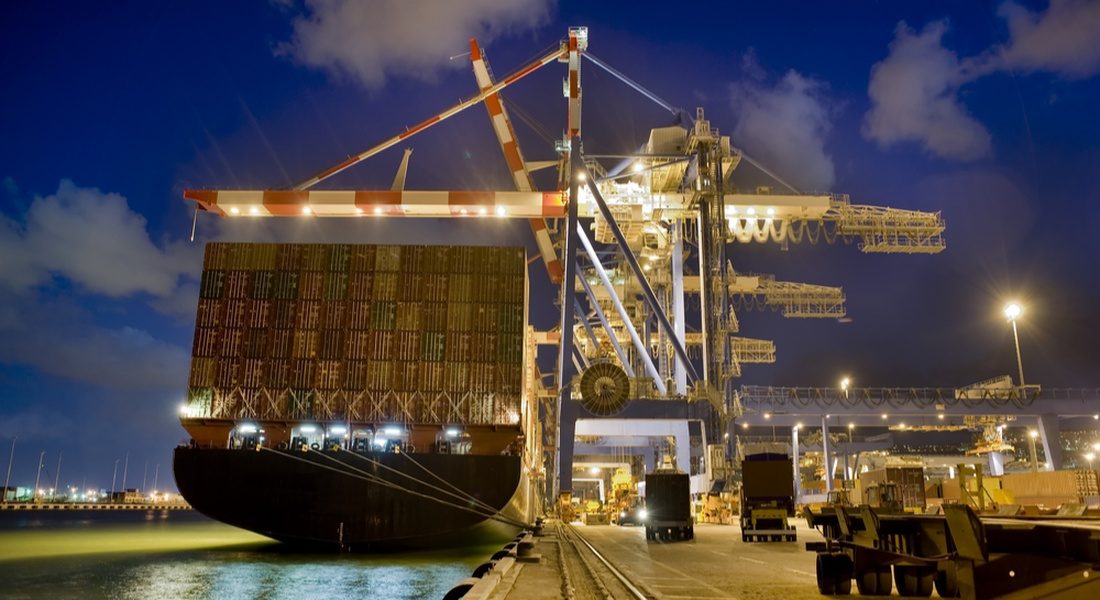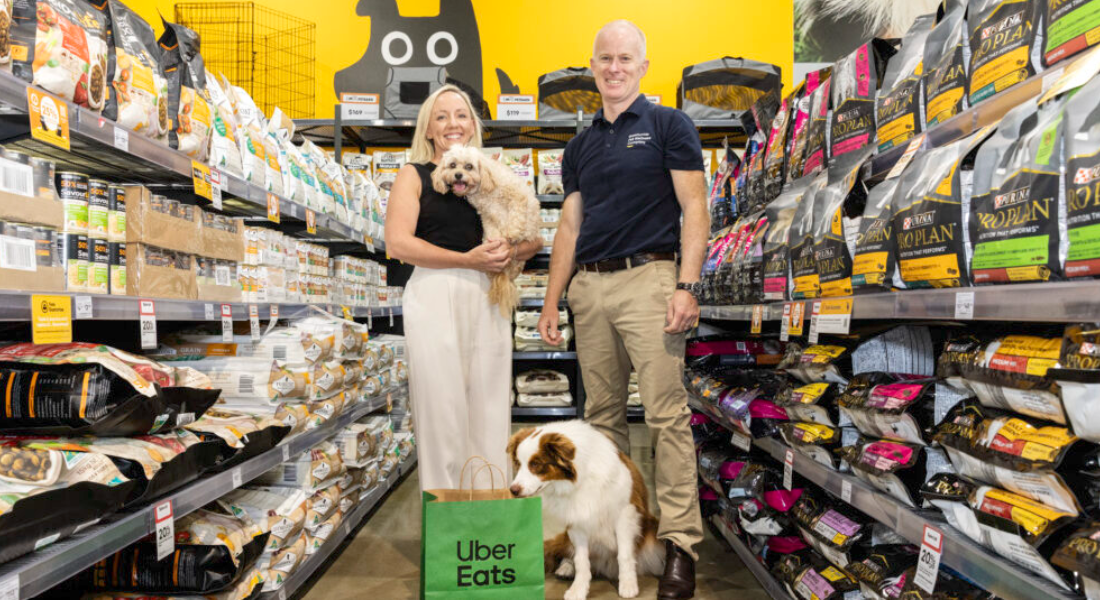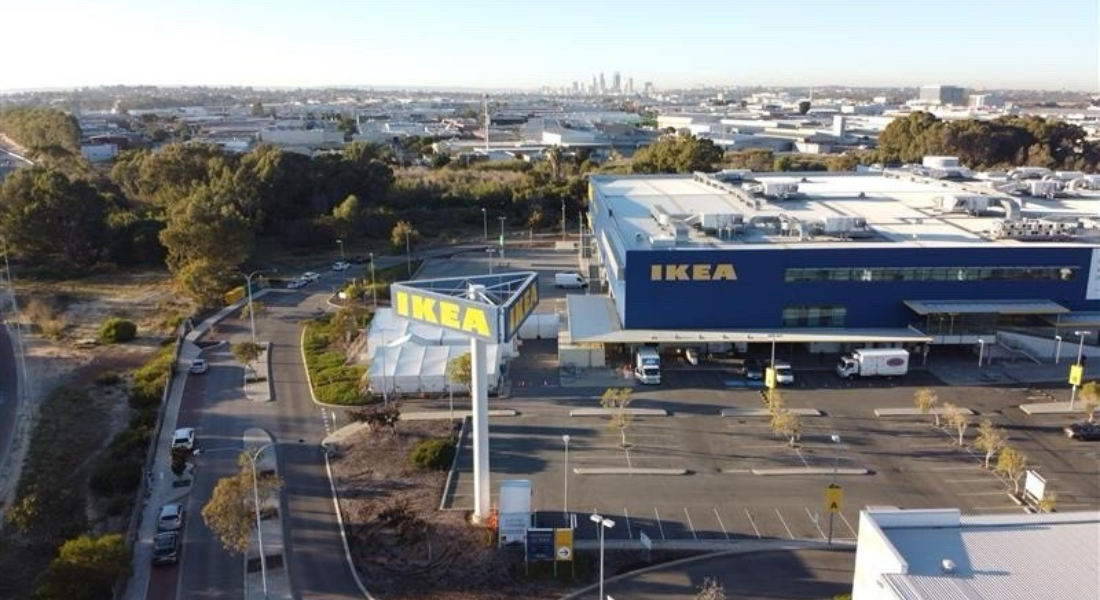Shipping Lines Go Green, But at What Cost?

Ocean shipping has always been the choice for businesses looking for both a low-cost and a low-carbon transport mode. Now it is set to become even more eco-friendly with new international regulations mandating the use of cleaner fuels.
Cargo ships will have to reduce the amount of sulphur dioxide emissions from 1 January 2020 as a result of the International Maritime Organisation (IMO) 2020 Sulphur Cap agreement.
Researchers estimate a global cargo fleet of more than 52,000 vessels burns more than two billion barrels of heavy fuel oil per year. This fuel contains sulphur concentrates up to 1,800 times higher than the diesel burned by vehicles in the USA.
Sulphur-related pollution by ships causes around 400,000 premature deaths from lung cancer and cardiovascular disease annually, and around 14 million cases of childhood asthma per year.
For a shipper, reducing emissions from freight is a positive Corporate Social Responsibility (CSR) story for its stakeholders. CSR is no longer just nice to do, it is becoming vital to the bottom-line.
There are three main ways shipping lines can comply with IMO 2020:
- Switch to low-sulphur fuels that have a content of 0.5% sulphur or lower
- Install a “scrubber” or other technology that takes out the sulphur particles and other particulate emissions
- Invest in alternate-fuelled ships
The environmental gains will, however, come at a cost.
Some experts suggest the more expensive low-sulphur fuels could add around $2.5 million to the cost of an Asia-Europe round trip. Scrubbers are an expensive capital outlay as is retiring existing ships and replacing them. Realistically, there will be a flow-through of costs to shippers.
“At this point, we can’t confirm how much rates to Australia will be impacted as shipping lines have not confirmed which method they will be using to comply with IMO 2020,” says David Gao, AXIMA’s General Manager – Asia Business Development.
Gao notes that many shipping lines started separating fuel costs from freight costs so they could adjust fuel in-line with the market. This “Bunker Adjustment Factor” (BAF) is passed onto shippers as a separate and variable charge.
In addition to potential increases in the BAF for shipments, Gao says some shipping lines may also increase their low-sulphur surcharge (LSS). Staying up-to-date on cost movements will be important during the transition to IMO 2020 compliance.
AXIMA and Fliway provide supply chain services, specialised expertise and caring personalised service to retailers and consumer brands in Australia and New Zealand. Our Contract Logistics, International Freight and Transport solutions, which are supported by 35 global offices, maximise value and efficiency, delivering our clients with supply chain success.
If you have questions on IMO 2020 or would like to discus the potential implications for your business, we are here to help.

By Sandra Fairchild,
CEO AXIMA and Fliway




